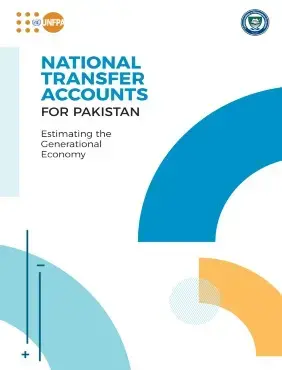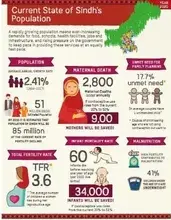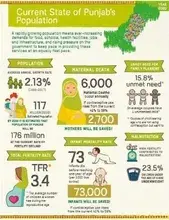The purpose of the NTA is to investigate the age pattern of attaining and consuming resources by quantifying the economic life-cycle. Consumption is a part of the economic life-cycle for which we need resources in the form of labour income. Nevertheless, the level of consumption depends on various factors including preference, prices, interest rate, events, and political influence. Consumption varies with age as, generally, young and old age groups are the ones who consume more than what they produce, i.e. their consumption is more than their income.
This shows that their economic life-cycle (consumption minus production) is in deficit. Contrary to this, the working- age group produces more than their consumption and have a surplus life-cycle account. The youth not only require resources for their basic needs but also for their human capital investment, i.e. investment in their education, training and capacity building, while older, apart from basic needs, require huge resources for their declining health.
The total and average consumption not only varies by age but also according to the population structure of a country. Developed economies, with an increasing elderly population, have different age-specific consumption patterns from developing countries having a high proportion of the young population. Also, in developing economies like Pakistan, consumption does not solely require an individual decision rather it depends on the collective decision within the family.
Life-cycle accounts incorporate consumption and labour income where consumption is further classified as public and private consumption. Private consumption is the value of consumption of goods and services by individuals or households both of which
are further classified by the purpose of consumption, i.e. education, health, and consumption of goods and services other than health and education.
The unit of analysis in the NTA is the individual but most of the data for private estimates are available at the household level. For the purpose, it is required to convert this household data to individual-level data. Therefore, every individual is assigned a share in total household consumption through proper methods identified in the NTA methodology (UN, 2013). The public estimates are drawn from the macro data and the macro-controls for the NTA are calculated using the national aggregate data.





